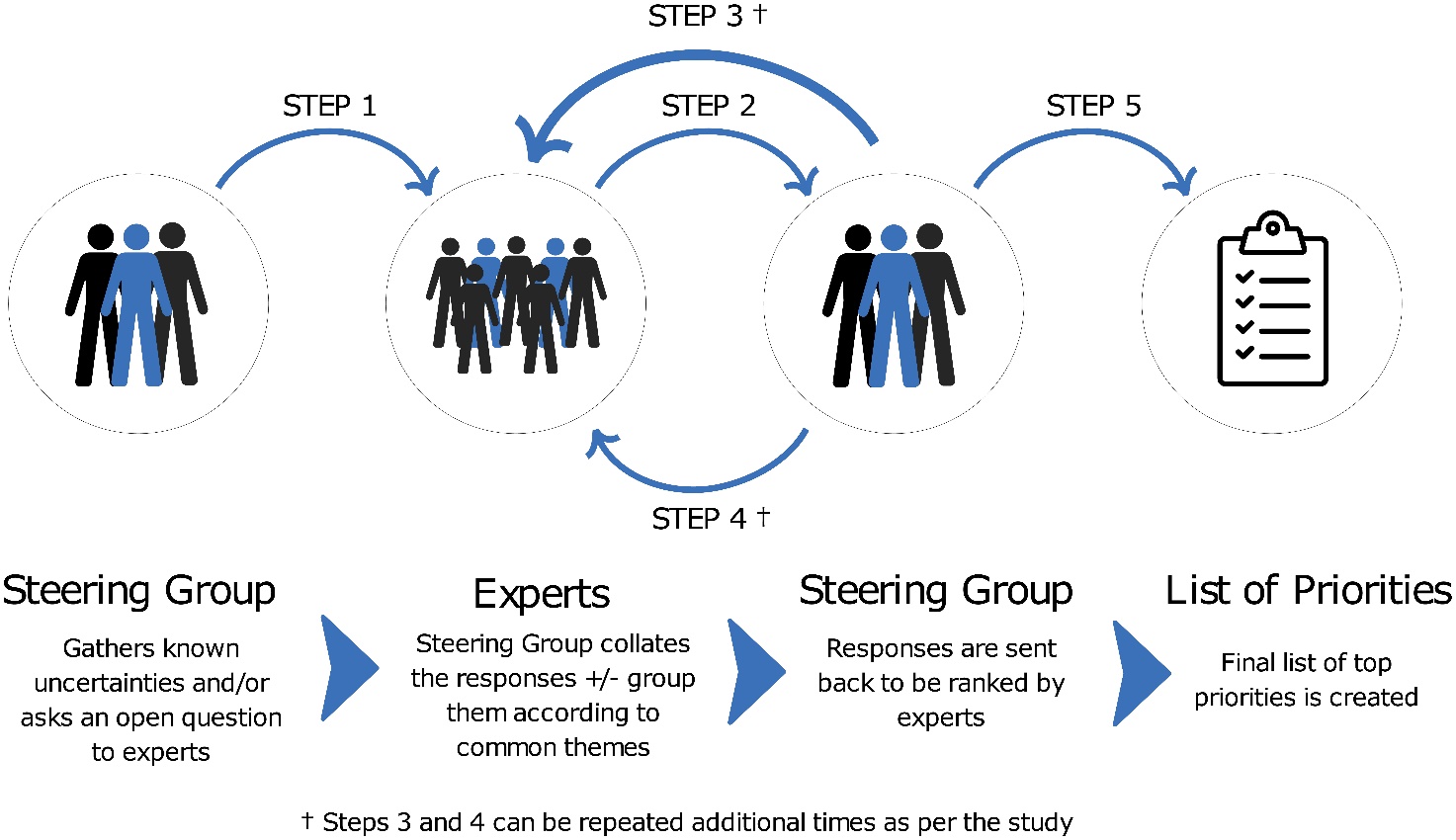AICP Section 1.E - Research and Assessment Methods
1/4
Earn XP
Description and Tags
Community involvement and engagement to develop a sound understanding of a community
Name | Mastery | Learn | Test | Matching | Spaced |
|---|
No study sessions yet.
5 Terms
Participatory Action Research (PAR) Techniques
Engaging community members as active participants in the research process to address community issues through iterative cycles of reflection, data collection, and action. Empowers residents to contribute to problem-solving and decision-making, ensuring that research outcomes are relevant and beneficial to the community.
Related: Collaborative research, co-researchers, community-drive, inclusive approach
Survey design and implementation for community feedback
Effective survey design ensures that questions are clear, unbiased, and relevant to the community’s needs.
Implementation includes setting appropriate distribution methods, such as online surveys or in-person questionnaires, to maximize participation and obtain valuable insights for informed decision-making
Related: Survey methodology, public opinion
Focus Groups and Community Workshops
Interactive sessions that gather diverse community members to discuss and provide input on planning issues.
Forums facilitate open dialogue, allowing planners to understand different perspectives, identify community needs, and build consensus. Essential for fostering community involvement and ensuring planning decisions are reflective of the community voice.
Related: Collaborative planning, charrette, Delphi Methods
Charrette
A collaborative planning process that brings together various stakeholders, including community members, designers, and planners, to develop a shared vision for a project or area. Charrettes encourage active participation and rapid idea generation through workshops and discussions.
Delphi Method
A structured communication technique used to gather expert opinions through a series of questionnaires, aiming to reach a consensus on specific issues or futures. It involves multiple rounds of questioning and feedback to refine responses.
